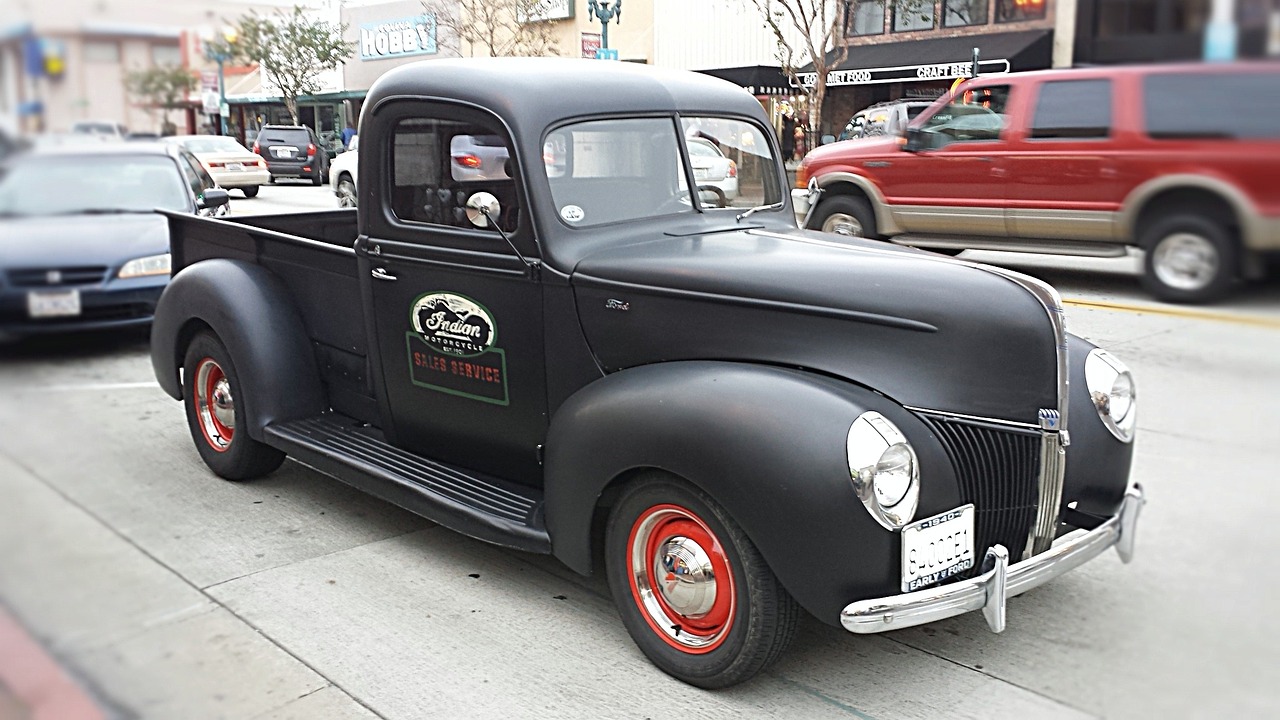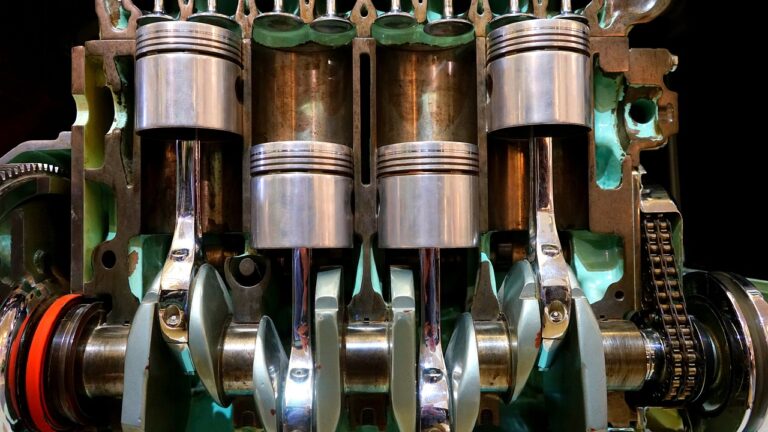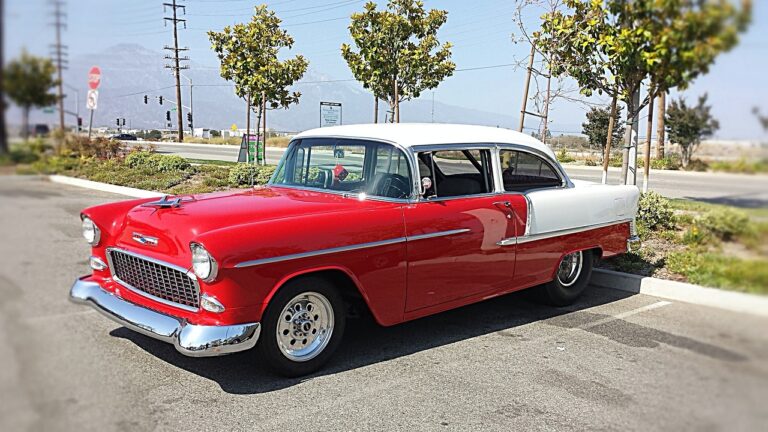The Influence of Urban Planning on Car Design and Traffic Management
Urban planning and car design have long been intertwined in the development of cities around the world. The evolution of urban planning can be traced back to ancient civilizations like the Mesopotamians and Egyptians, who designed their cities around central hubs and hierarchies of space. As human societies progressed, so did urban planning techniques, with the Industrial Revolution playing a significant role in shaping the layout and infrastructure of cities.
Similarly, the history of car design has been a reflection of societal needs and technological advancements. The invention of the automobile in the late 19th century revolutionized transportation and paved the way for sprawling urban landscapes designed around the convenience and mobility of cars. Car design has continuously evolved to meet changing demands, from fuel efficiency and safety standards to the integration of advanced technologies like electric powertrains and autonomous driving features.
The Impact of Population Density on Traffic Management
Population density plays a crucial role in shaping the traffic management strategies in urban areas. As cities become more densely populated, the volume of vehicles on the roads increases, leading to congestion and traffic-related issues. This heightened demand for transportation infrastructure poses significant challenges for city planners and traffic engineers.
The density of population directly correlates with the level of congestion on roadways. High population density areas often experience more traffic congestion due to the increased number of vehicles vying for limited road space. Effective traffic management solutions, such as implementing public transportation systems or carpooling initiatives, are essential in alleviating congestion and improving traffic flow in densely populated urban areas.
How does population density affect traffic management in urban areas?
Population density directly impacts traffic management in urban areas by increasing congestion on roads, leading to longer commute times and higher risks of accidents.
What role does urban planning play in managing traffic in densely populated areas?
Urban planning plays a crucial role in managing traffic in densely populated areas by designing efficient transportation systems, implementing traffic calming measures, and promoting alternative modes of transportation.
How have advancements in car design helped alleviate traffic problems in densely populated areas?
Advancements in car design, such as the development of electric vehicles and autonomous driving technology, have the potential to reduce traffic congestion and improve traffic flow in densely populated areas.
What are some strategies that can be implemented to manage traffic in densely populated areas?
Some strategies that can be implemented to manage traffic in densely populated areas include promoting public transportation, implementing congestion pricing, creating car-free zones, and improving infrastructure for cyclists and pedestrians.
How can individuals contribute to alleviating traffic congestion in densely populated areas?
Individuals can contribute to alleviating traffic congestion in densely populated areas by carpooling, using public transportation, walking or cycling for short trips, and avoiding unnecessary trips during peak hours.





